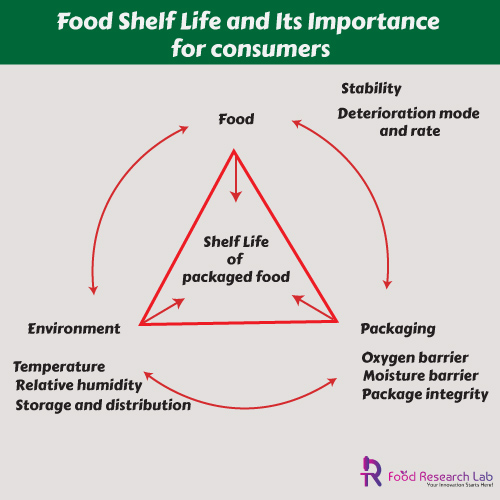
Food Shelf Life and Its importance For Consumers
The shelf-life of a food is the amount of time it can be stored under specified storage circumstances while retaining its optimum safety and quality. A food’s shelf life begins when it is made and is affected by a variety of factors such as its manufacturing method, type of packaging, storage conditions, and ingredients.
A food label’s shelf-life is often specified by either a best-before date or a use-by date.
A best-before date indicates how long a meal can be fairly expected to retain its greatest qualities, such as flavour. Canned, dry, and frozen foods are examples of foods with best before dates.
A use-by date is the amount of time that a food can be reasonably expected to be safe to consume if held under specified storage conditions. As a result, consuming certain goods after the use-by date may pose a risk of food poisoning. Chilled dairy foodstuffs, cooked meats, and prepared salads are examples of foods with use-by dates.
The goal of shelf-life is to assist consumers in making safe and educated food choices. Food shelf-life should be deemed valid only if the product is purchased intact and undamaged. Consumers should always observe the manufacturer’s storage recommendations, particularly the temperature and use of the product after opening. It is also suggested that people evaluate shelf-life information while purchasing foods in order to reduce food waste. Unlike items with use-by dates, many foods with best-before dates are safe to eat long after the date has past.






